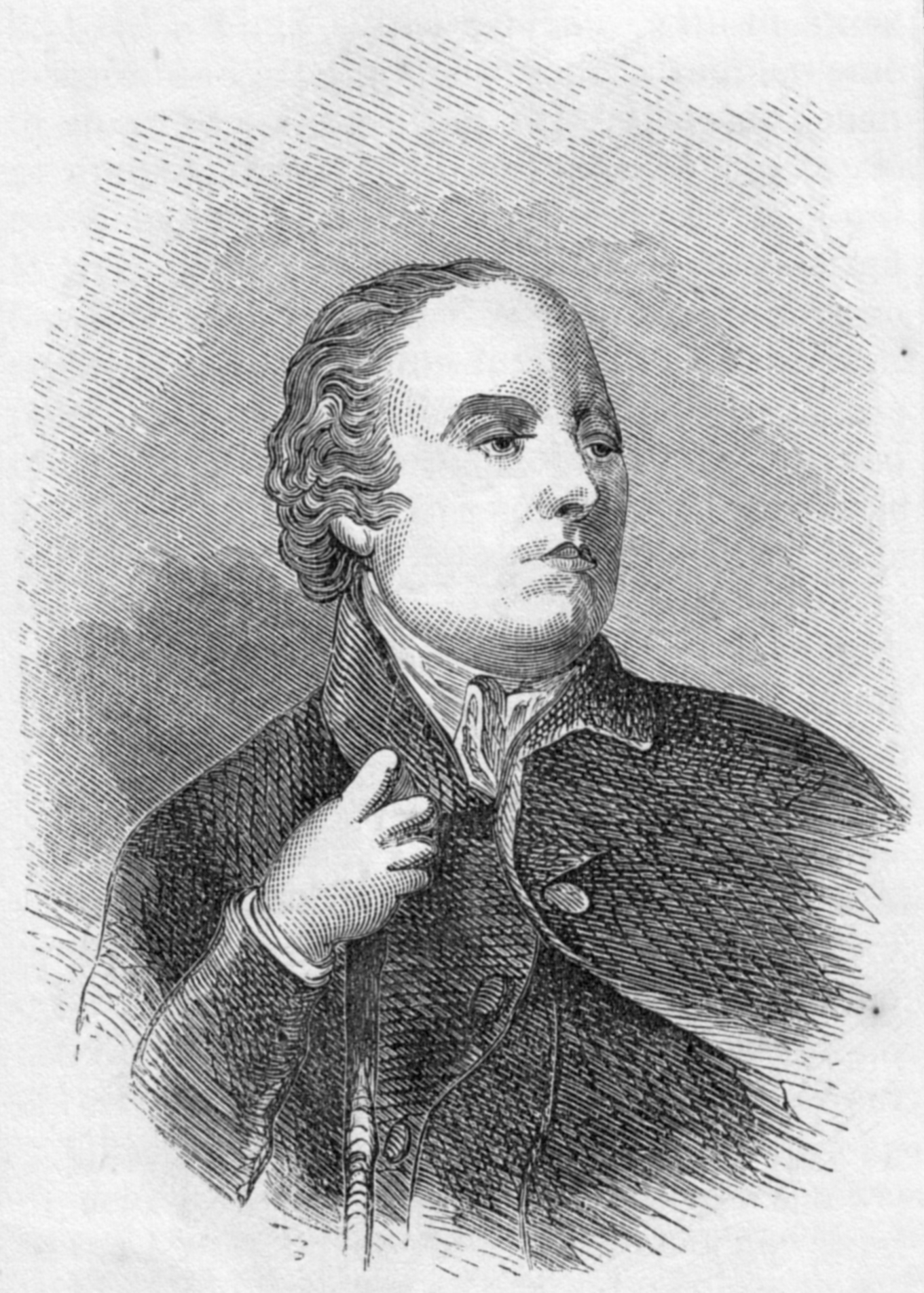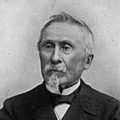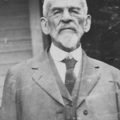William Gilpin
Founding Advocate of the Picturesque Landscape
Today is the birthday of the English watercolorist and founding advocate of the picturesque landscape, William Gilpin, who was born on this day in 1762.
As an early headmaster and vicar of the Cheam School, Gilpin taught vegetable, as well as ornamental, gardening to the students.
In 1777, Gilpin became the parson at the Boldre church of St. John the Baptist in the New Forest district of Hampshire. The church dates back to the 11th century.
Gilpin was a font of knowledge about the area surrounding Boldre Church and its flora and fauna. Gilpin served as the Boldre church parson until his death in 1804 at the age of 80.
Gilpin is buried, alongside his wife, in the church cemetery beside an old maple tree. His inscription reads:
"It will be a new joy to meet several of their good neighbors who now lie scattered in these sacred precincts around them."
Gilpin would travel around the English countryside, creating beautiful watercolors of the landscape and keeping journals where he refined his thoughts on the picturesque landscape. Gilpin filled his sketchbooks with drawings and observations on landscapes and how to paint them.
Gilpin wrote,
"In order to color chastely and harmoniously, use only 3 tints: red, yellow, and blue..."
Gilpin's accounts of his travels were published in guidebooks and created widespread interest in natural beauty and the picturesque landscape. Gilpin's bestselling book, “Observations on the River Wye: And Several Parts of South Wales, Relative Chiefly to Picturesque Beauty: Made in the Summer of the year 1770" (often referred to as the River Wye guidebook), brought scads of tourists to the area during the 18th century.
Gilpin wrote:
"Every distant horizon promises something new; and with this pleasing expectation we follow nature through all her walks."
During his time, Gilpin was an arbiter of artistic taste, and he thought that artists should try to find the most "picturesque" view of a landscape. Gilpin didn't enjoy artificial creations and lines in the garden. He was a fan of more natural-looking landscapes that were often savage and less domesticated. To Gilpin, the best landscapes offered ruins and mountains along with trees. Gilpin's watercolors were created on-site, and he wasn't opposed to using a little artistic license to make the scene more compelling, adding a little bridge or tree or making a ruin ever more ruinous. In 1786, Gilpin wrote,
"A ruin is a sacred thing. Rooted for ages in the soil; assimilated to it; and become, as it were, a part of it ..."
A simple way to remember the picturesque style is to remember that Gilpin was a painter, and he saw the landscape with “a painter’s eye.” The picturesque was a view that was worthy of being painted, and Gilpin said it was "that kind of beauty which is agreeable in a picture." The bottom line is that the images were designed to get your attention.
Gilpin wrote:
"Our eyes are only glass windows; we see with our imagination."
Gilpin was the first president of The Royal Watercolor Society, and he is remembered for his books, including one of his most popular called "Forest Scenery" which included 45 watercolors and descriptions of trees and shrubs; and instructions for how to capture a picturesque effect through the clumping of trees.
Gilpin adored trees. He wrote:
"It is no exaggerated praise to call a tree the grandest and most beautiful of all productions on earth!"
For instance, the "roan-tree" was noted for having "glowing berries." Rowan was the common name for the Mountain Ash, also known as "the witch" or "quickening-tree." The origin of the word rowan comes from a German word meaning "to redden," and it refers to the little red berries.
On the other hand, Gilpin was not a fan of the Hawthorn, writing that it had,
"little claim to picturesque beauty... It is but a poor appendage. Its shape is bad. It does not taper and point like the Holly, but is rather a matted, round, heavy bush. Its fragrance indeed is great ; but its bloom, which is the source of that fragrance, is spread over it in too much profusion."
In 1832, Gilpin published Practical Hints upon Landscape Gardening: with some remarks on Domestic Architecture, as connected with scenery, which ran to a second edition in 1835. He wrote it because he said he felt there was little "practical information" in the books available at the time. One of my favorite parts of the book is where he discusses how to get a client to support ideas for their Landscape.
"It has ever appeared to me, that a very essential part of an improver's duty is to explain to the proprietor the principles upon which he suggests any plan of improvement. This, during the progress of the work, not only enhances the pleasure of the proprietor, and assists his general taste, but it also ensures his future care, through the periodical prunings and thinnings which must of necessity take place."
Gilpin encouraged landscapers, (he referred to them as improvers), to educate their clients, to overcome objections and prejudices. To Gilpin's view, educating customers was sufficient; once they understood the general design, they would surely come around.
More quotes from Gilpin:
"The picturesque eye, in quest of beauty, finds it in almost every incident."
"The pleasures of the chase are universal. A hare started before dogs is enough to set the whole country in an uproar."
This post was featured onThe Daily Gardener podcast:
helping gardeners find their roots,
one story at a time






